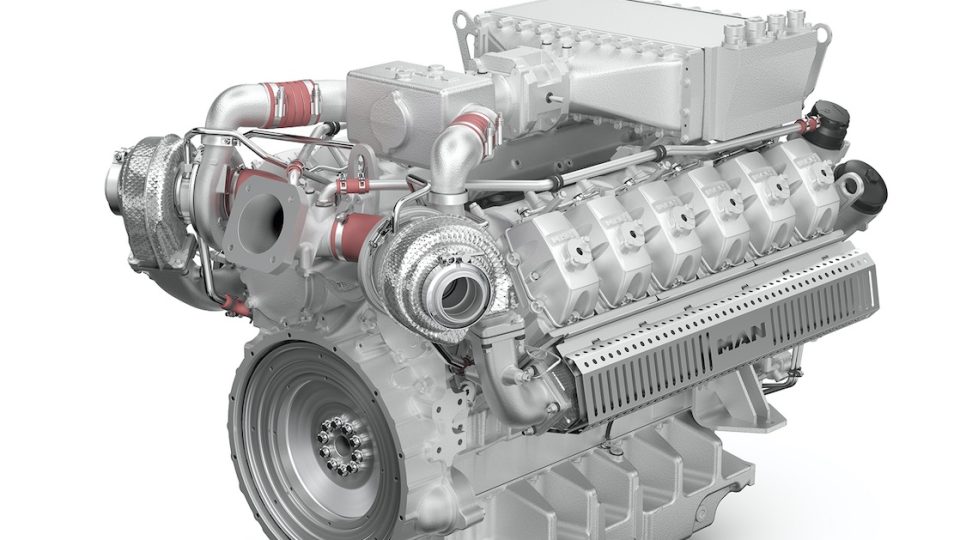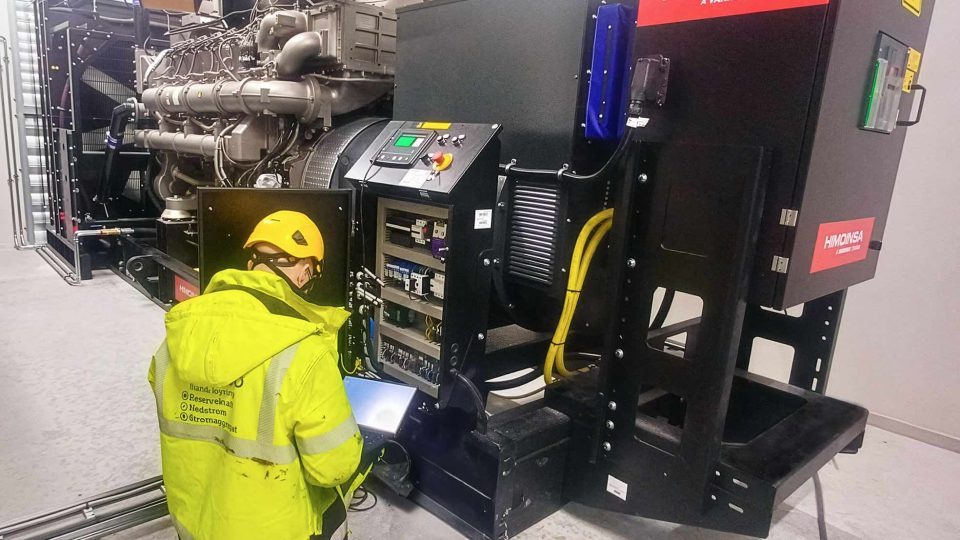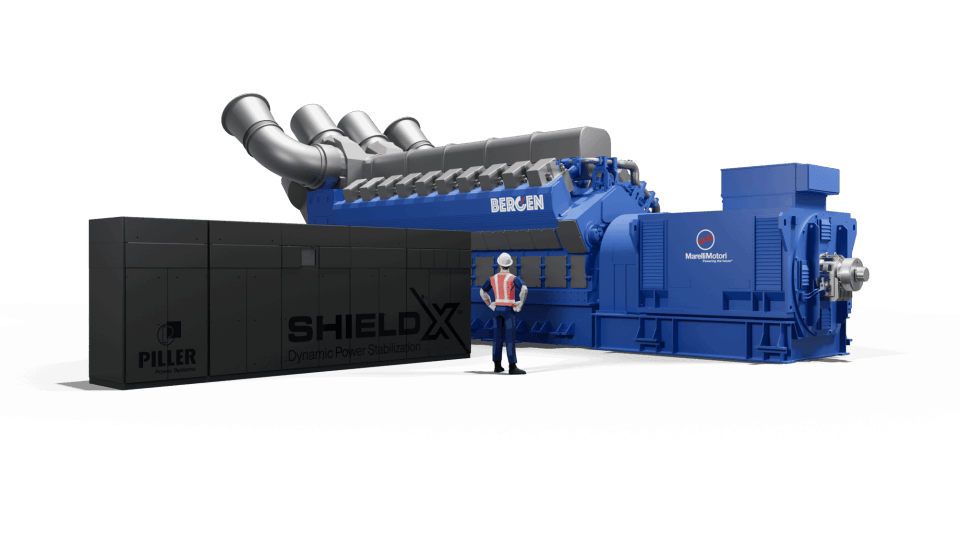[Engine Technology Forum] AI, cloud computing, data centers, and backup diesel generators
What do AI, cloud computing, data centers and back-up diesel generators have in common? Let's find out together in this interesting article by Allen Schaeffer, Executive Director at Engine Technology Forum.
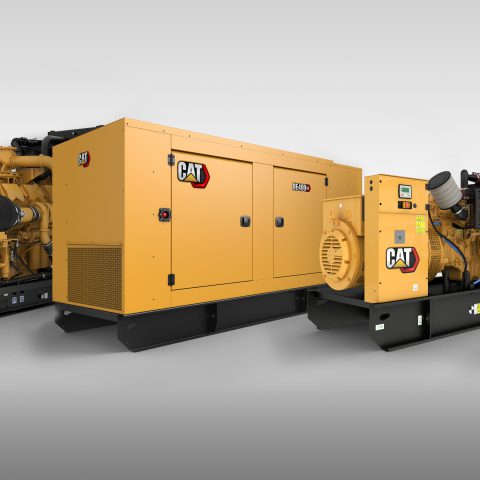
They often appear as just another concrete building, mostly unnoticed, blending into any light industrial park in the US. But the activity inside a data center is anything but non-descript. It is vital to keeping our digital, and internet connected, world functioning. Data centers house the vast networks of computers and high-speed fiber connections that keep our communications, banking networks, and cloud computing functioning on a real time basis.
A key part of data center design and operation is ensuring continuous electrical power if grid power goes out. In 2022, the nation’s electricity customers experienced an average of five and a half hours of power interruptions.
Backup generators are like an insurance policy against the loss of grid electrical power; you hope you never need them but if you do, they are there to support critical operations and protect public health and safety. Rarely seen or heard, backup diesel generators have long been in service at hospitals, assisted living facilities, manufacturing businesses, and government facilities throughout the country, as well as data centers.
The US leads the world in data centers, with more than 5,000 in 2023.That’s more than 10 times the nearest country (Germany). And with the boom in artificial intelligence (AI), the number and importance of data centers is expected to grow.
Data center growth
Growth in data centers is playing out in local government and planning commission hearing rooms across the mid-Atlantic area. In the last few years, Northern Virginia has become a growth region for data centers.
Maryland is set to welcome more data centers to the state in the coming years. However, a recent ruling by Maryland’s Public Service Commission (MDPSC) demanded the data center secure a certificate of public convenience and necessity; a level of permitting designed more for public power plants than private data centers. The decision was based on rejecting the initial proposal that would have placed more than 160 backup diesel generators at the data center facility. The MDPSC balked at the inclusion of the generators, and generally expressed a lack of full understanding of the performance characteristics of these standard backup systems.
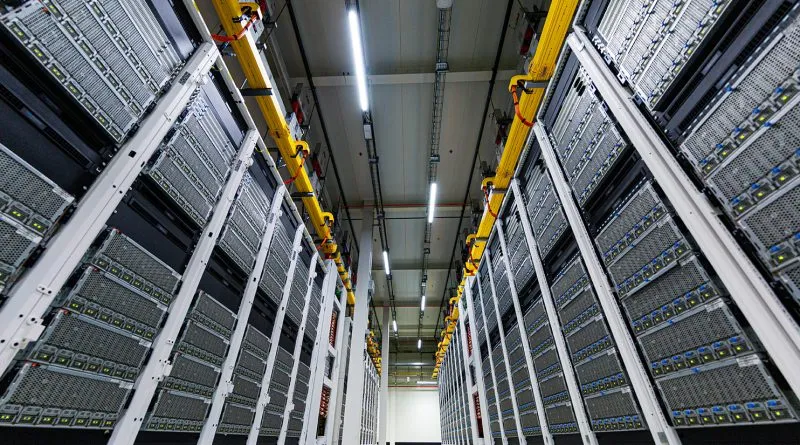
This designation and extra permitting requirements caused an early data center applicant to back out of the project. Studiesshow that the planned data center campus will generate $41 million in county tax revenue per year and another $197 million for the State of Maryland annually, in addition to supporting approximately 1,700 jobs upon project completion. Economic development policies in Maryland that seek to open the door to the possibility for more data centers in the state were put in place two years ago. This 2024 legislative session in Annapolis is set to fix the problem with data center designations and permitting requirements in legislation sponsored by Governor Wes Moore. The ETF will testify in support of the legislation.
Role of backup generators
Data centers rely on a steady and uninterrupted supply of electricity, and backup generators are part of the system that helps achieve 99.9% uptime. By their very nature, data centers can’t afford grid power outages. Grid outages, even for a few minutes, are costly and dangerous. They disrupt many aspects of our highly connected, cloud and internet-dependent world.
Diesel technology is the gold standard for emergency backup power systems due to its the superior response time, electrical load carrying capacity, delivered power quality, as well as self-contained fueling and reliability.
Federal, state, and local regulations govern the type of generators as well as the environmental related performance and permits for their use. Under the EPA rules, these kinds of generators are typically permitted to operate up to 100 hours per year for maintenance and testing. The most advanced diesel generators are equipped with selective catalytic reduction and particulate emissions controls that result in emissions near zero levels.
Diesel generators are the gold standard for providing reliable backup electric power generation for a wide variety of applications. This is due to their superior load carrying capacity, ability to deliver high quality electrical power, rapid response time, affordability, wide access to fuel, self-contained fuel storage, as well as expansive network of servicing and support.
There are hundreds of thousands of applications with installed backup generators across the country at hospitals, communications centers, college campuses, fire stations, manufacturing facilities, public utilities, as well as water and wastewater treatment plants to name a few. These units are designed to meet building and life safety codes, as well as other requirements unique to the facility and applications.
As part of general operating procedures, the units are typically regularly activated and “exercised” for one hour each week to ensure system readiness in the event of an outage. EPA rules at 40 CFR 60.4211 allow for the use of emergency generators for maintenance checks and readiness testing for up to 100h per year.
Various configurations, power output and emissions profiles of generators are available for different applications depending on a range of factors. The exact specifications are determined by engineering and design standards, code requirements, as well as local environmental and other permitting requirements.
While petroleum diesel fuel is the standard fuel for backup diesel generators, the units are also approved by most manufacturers to utilize 100% renewable diesel fuel, also known as HVO (hydrogenated vegetable oil). This fuel is a highly refined drop-in hydrocarbon that is a diesel fuel replacement. It is produced from the same feedstocks as biodiesel, such as waste animal fats, soybean oil, used cooking oil and other sources. It has 50-85% lower greenhouse gas, and other emissions, compared to conventional petroleum. While widely available in California and some parts of the Pacific Northwest, suppliers are starting to bring some supplies of renewable diesel to the East Coast in limited quantities.
Our highly connected digital world relies increasingly on data centers to store and process a vast amount of information that drives our banking, education, health care, and communications systems, as well as many other networks. The rapid growth of artificial intelligence will only increase the demand for computing and data centers.
Momentary losses of grid power can have lasting economic and other consequences to all those affected. This is why reliable backup power systems and diesel generators are such a critical part of data center operations.



